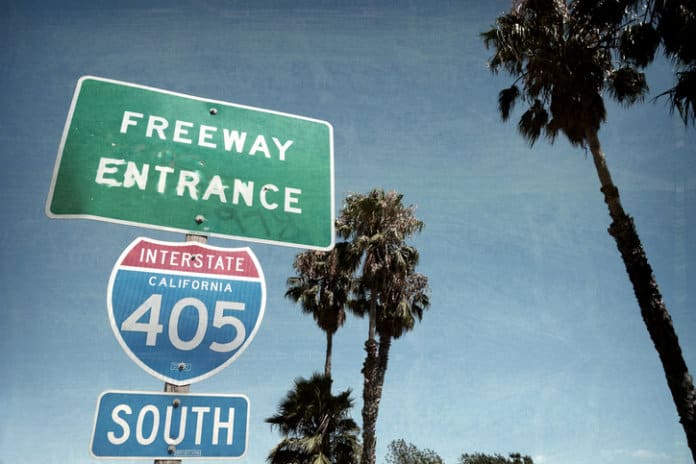On July 15, the California Public Utilities Commission (CPUC) finalized a section of its transportation electrification framework, setting near-term priorities for transportation electrification to guide investments by the state’s utilities over the next several years.
Emphasizing “the urgent need to meet the state’s electric vehicle (EV) policy goals by 2025” and citing projected infrastructure gaps, the decision establishes medium- and heavy-duty vehicle electrification and improving access to home charging for low-income EV drivers as two of its priority areas, explains the Sierra Club.
“Frontline communities desperately need zero-emission vehicles on the road as soon as possible,” comments Marven Norman, policy specialist for the Center for Community Action and Environmental Justice. “California’s air quality is severely impacted by the emissions from the number of vehicles on the road, and with these clear priorities, the CPUC can take a bold step to grant access to lower-income communities.”
California projects that at least 60,000 additional charging stations are needed by 2025 to meet the state’s goal to electrify all cars by 2035, and more than 150,000 stations are needed by 2030 to meet its medium- and heavy-duty electrification goals.
“The state needs to frontload investments in EV charging in the near term to get on a path that will lead to 8 million light-duty and 180,000 medium- and heavy-duty zero-emission vehicles on the road by 2030,” says Sam Houston, senior vehicles analyst at the Union of Concerned Scientists. “The expedited pathways for near-term priority pilots and program extensions in this decision will help avoid any gaps in program funding that would undermine the state’s climate and air quality goals.”
The decision also directs utilities to pilot the use of EVs as backup power during emergencies and to support the installation of charging in new buildings. Within the priority areas, utilities may propose pilot programs up to $20 million that will receive expedited CPUC review. The decision also establishes an expedited process for extending existing programs (like Southern California Edison’s Charge Ready Transport Program), and preserves utilities’ ability to propose new full-scale programs through the regular process, says the Sierra Club.
This decision finalizes one piece of the CPUC’s transportation electrification framework, a set of comprehensive guidance that is intended to guide utility investments for the next decade. A draft of the framework was released in February 2019. Since that time, the framework has evolved in response to stakeholder input and as the state has established increasingly ambitious EV goals and regulations, including the Advanced Clean Truck and Innovative Clean Transit rules.





